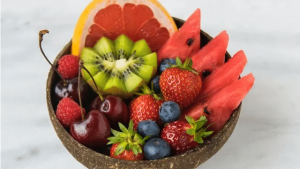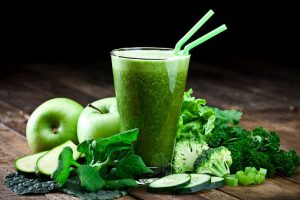India experiences a harsh summer season for three long months. During this period, some places even record temperatures as high as 50°C. But for many, the season is synonymous with mangoes — the fruit that brings a much-needed respite from the summer heat.
The world’s largest mango producer, India boasts of 1,500 varieties (as per the National Horticulture Board). They come in different sizes, flavour and aroma, and some at a much higher price than the rest.
Also read: Beat the heat with these seasonal fruits this summer
Here are India’s three costliest mango varieties:
* Kohitur
One of the most priced varieties of the king of fruits, a piece of Kohitur mango costs Rs 1,500 and up. Grown in West Bengal’s Murshidabad, the fruit, once ripe, is carefully plucked by hand and wrapped in cotton.
Kohitur, developed in the 18th century during the reign of Nawab Siraj-ud-Daulah, is out of reach for many and is relished by the modern-day royals.
In a bid to popularise the fruit, the West Bengal government in 2018 pushed for a geographical indication (GI) tag for Kohitur.
* Nur Jahan
Rs 500 to Rs 1,000 apiece. This is what the Nur Jahan variety of mango costs currently.
Believed to be of Afghan origin, the fruit is grown in Madhya Pradesh’s Alirajpur district and fetched a price as high as Rs 1,200 apiece two years ago.
Its USP — Nur Jahan is large and grows up to a foot long and weighs up to 2.75 kg.
* Alphonso
No list of mangoes can be complete without this variety that is also know as ‘hapus’ in Maharashtra, where it is endemic. The variety was named after Portuguese general Afonso de Albuquerque, who played a crucial role in establishing Portuguese rule in western India.
The fruit is known for its distinct aroma and bright saffron-coloured flesh and a dozen of those is priced as high as Rs 6,000.
Also read: Sugar down, years up: Alternatives to sweeten your taste buds
Special mention: Tomago
Although not grown in India, the Tomago variety, found in Japan, is probably the most expensive in the world. To get a kilogram of the fruit, you probably will have to shell out Rs 3-4 lakhs.
To grow the fruit, which also known as ‘the egg of the sun’, farmers in Japan wrap each mango in small nets, in a way to allow sunlight from all angles, giving the fruit its ruby-red colour. Also, they aren’t plucked and are allowed to naturally fall, during when the net acts as a cushion.
Reportedly, in 2017, a pair of Tomago mango was sold at an auction for $3,744 (approx Rs 2,72,000)







